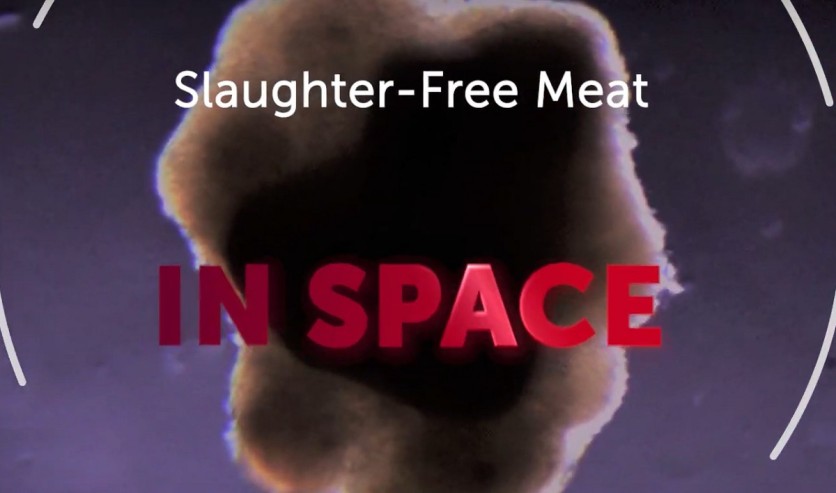
3D-printed slaughter-free meat sounds like an ideal way of consuming protein, but it also sounds rather like science fiction. However, just this week, a team of scientists successfully created the first 3D-printed meat aboard the International Space Station (ISS), bringing science fiction to reality.
Slaughter-Free Meat
This Oct. 7, 3D Bioprinting Solutions and its partners announced that their experiment aboard the ISS has successfully resulted in the first slaughter-free 3D-printed meat in space. It was Russian cosmonaut Oleg Skripochka who conducted the experiment using a 3D printer that was developed in Moscow, in collaboration with Israeli food tech start-up Aleph Farms as well as two American food companies.
To create the slaughter-free meat, bovine cells were mixed with growth factors and “bioink” and then “printed” into a layered structure, thereby resulting in a small piece of muscle tissue. Interestingly, they found that the process is actually faster in zero gravity than on Earth because the cells always fall downward with Earth’s gravity, but the cells “hang in space” and interact only with each other in zero gravity. This way, the tissue is created without the need of the intermediate support it needs on Earth.
Renewable Protein
The reason why Aleph Farms is working on producing slaughter-free meat is primarily because of climate change. Animal farming requires substantial amounts of energy and water and significantly contributes to climate change. As such, the new method lays the groundwork for meat sources with significantly less environmental footprint compared to animal farming.
What’s more, the technique could also be useful for long-term manned space missions. As of now, the meat sent to astronauts are vacuum-packed or dried on Earth, but that would be impractical for longer missions or ones that are farther away from Earth. In these cases, having the capability to “print” meat is something that would certainly come in handy.
“Long-term manned space missions are bound to face unparalleled challenges with nutrition and the reutilization of all available organic resources,” said 3D Bioprinting Solutions and Meal Source Technologies co-founder Aleksandr Ostrovsky. “[W]e believe that biofabrication of cultured meat in space has several unique advantages such as sustainability, personalization, and biosafety. What is more, creating cultured meat products in space may grant invaluable scientific insights for implementation of this technology on Earth.”




